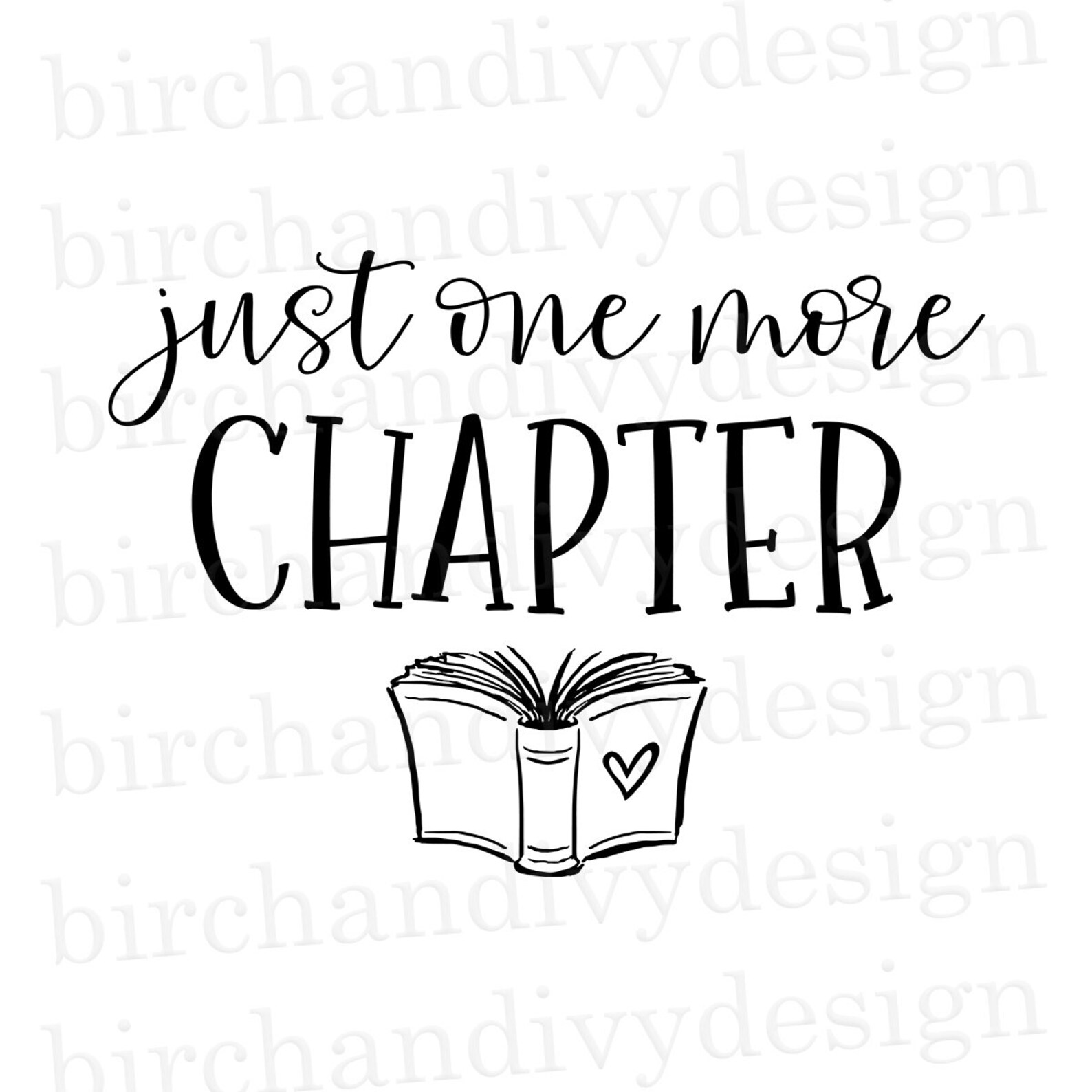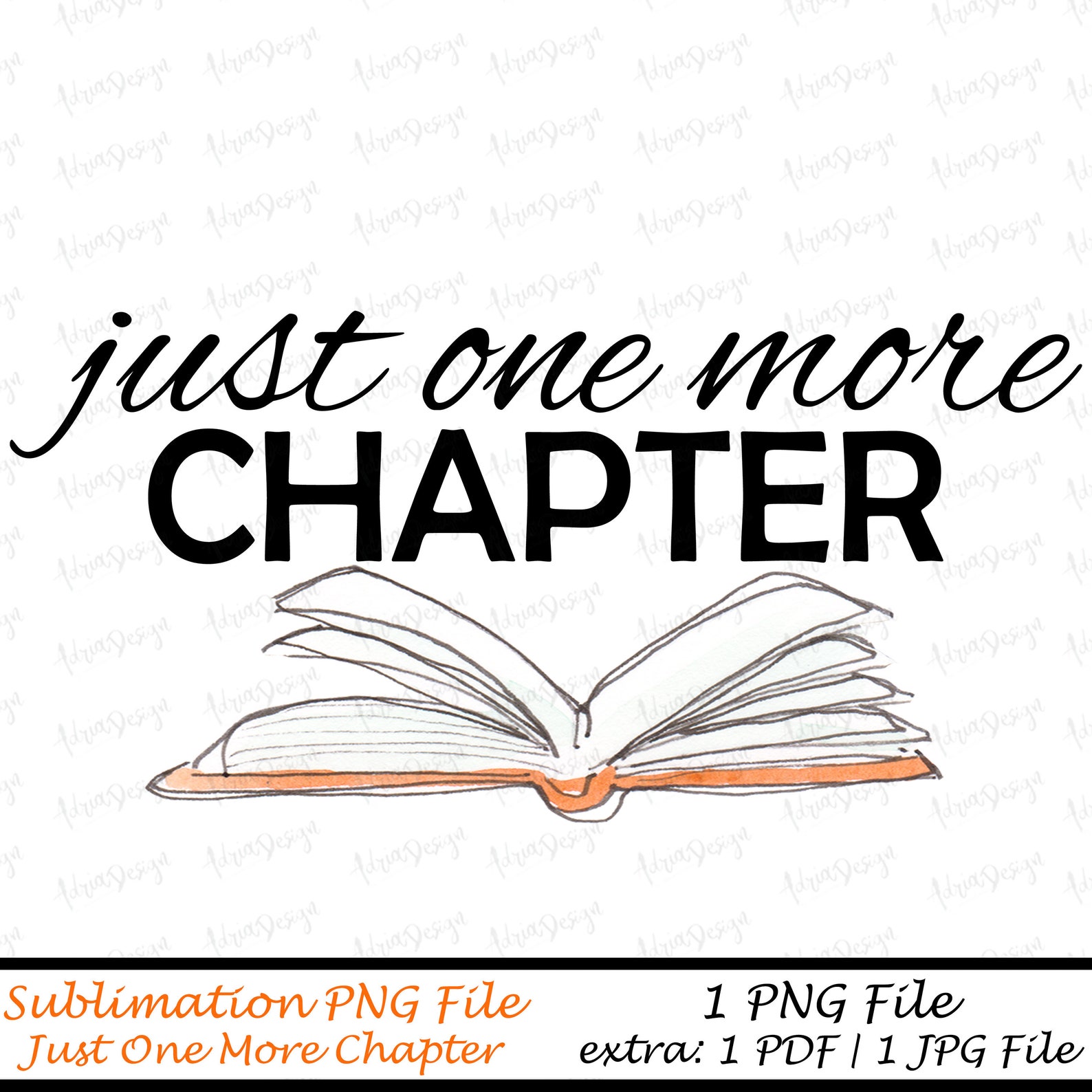In the realm of literature, the siren call of “just one more chapter” echoes through the minds of avid readers, luring them into a captivating dance with the written word. This phenomenon, a testament to the irresistible allure of storytelling, weaves a web of psychological factors, immersive narratives, and emotional connections that drive readers to devour page after page, often at the expense of sleep, social obligations, and even their own well-being.
The intricate interplay of suspenseful plotlines, well-crafted cliffhangers, and relatable characters forms the backbone of this literary escapism, keeping readers hooked and eager for the next installment. As they delve deeper into the world of the story, readers forge emotional bonds with the characters, becoming invested in their fates and desperate to know what lies ahead.
Literary Escapism and the Allure of Storytelling

The allure of “just one more chapter” is a phenomenon that has captivated readers for centuries. It’s the irresistible urge to continue reading, even when the hour grows late or other obligations beckon. This literary escapism offers a temporary respite from reality, immersing us in captivating narratives that transport us to different worlds and introduce us to unforgettable characters.
You know that feeling when you’re reading a book and you just can’t put it down? You keep telling yourself, “Just one more chapter,” and before you know it, you’ve finished the whole thing. If you’re looking for some great early reader chapter books to keep your little ones engaged, be sure to check out our list.
These books are perfect for kids who are just starting to read on their own, and they’re sure to keep them entertained for hours on end. So what are you waiting for? Grab a book and get reading!
The psychological factors that drive this behavior are complex. Reading can provide a sense of escapism, allowing us to step away from the stresses and worries of daily life. It can also stimulate our imaginations, encouraging us to explore new perspectives and empathize with others. The act of reading itself can be a relaxing and enjoyable experience, creating a sense of calm and contentment.
Just one more chapter, they say, and they keep flipping the pages. But for the fans of the popular manga series Jujutsu Kaisen, their patience is running thin. The wait for the release of chapter 246 is almost unbearable. Head over to jjk chapter 246 release date to get the latest updates and don’t miss out on the thrilling conclusion of this epic chapter.
Just one more chapter, they say, but it feels like an eternity.
Immersion and Imagination, Just one more chapter
When we read, we enter a world created by the author’s imagination. We become immersed in the story, experiencing the characters’ emotions and adventures as if they were our own. This immersive experience can be incredibly powerful, transporting us to different times and places and introducing us to unforgettable characters.
Reading also stimulates our own imaginations, encouraging us to create mental images and visualize the events of the story. This active engagement with the text enhances our enjoyment and makes the reading experience more memorable.
The Role of Suspense and Cliffhangers

Suspense and cliffhangers are indispensable tools in an author’s arsenal, capable of keeping readers on the edge of their seats and desperate for more. By expertly weaving these elements into their narratives, authors can create a sense of anticipation and excitement that drives readers to devour every page.
Crafting Suspenseful Plotlines
Suspense is the art of creating a sense of uncertainty and tension, keeping readers guessing about what will happen next. Authors achieve this by introducing elements of danger, mystery, or intrigue into the plot. These elements can range from impending threats to unresolved conflicts, all of which serve to heighten the reader’s anxiety and anticipation.
The Power of Cliffhangers
Cliffhangers, on the other hand, are moments of intense suspense that leave readers with a burning desire to know what happens next. They are strategically placed at the end of chapters or sections, creating a sense of urgency and anticipation that compels readers to keep turning the pages. Cliffhangers work by tapping into our psychological need for closure, making us eager to resolve the uncertainty and find out what happens next.
Psychological Mechanisms
The fascination with cliffhangers stems from several psychological mechanisms. First, they create a sense of curiosity and anticipation, driving us to seek out information that will resolve the uncertainty. Second, cliffhangers trigger a release of dopamine, a neurotransmitter associated with pleasure and reward, making us feel good when we finally get the answer. Finally, they activate our imagination, forcing us to speculate and create our own theories about what will happen next, which can be both exciting and anxiety-provoking.
Character Development and Emotional Investment

In the literary realm, character development stands as a cornerstone in captivating readers and fueling their desire for “just one more chapter.” Well-crafted characters possess the ability to evoke profound emotional connections, making readers feel deeply invested in their journeys and outcomes.
The art of character development involves creating relatable, complex, and compelling individuals who resonate with readers on a personal level. Authors achieve this through meticulous attention to character motivations, inner conflicts, and relationships with others. By understanding the characters’ perspectives, readers can empathize with their struggles, celebrate their triumphs, and yearn to know what happens next.
When you’re deep into a good book, it’s easy to tell yourself, “Just one more chapter.” And before you know it, you’ve finished the entire thing. If you’re looking for a new read, check out the mafia nanny chapter 7 . It’s a captivating story that will keep you hooked from beginning to end.
So grab a copy and get ready to lose yourself in another world. Just one more chapter, and you’ll be finished!
Creating Relatable Characters
- Flawed but Human: Readers connect with characters who possess relatable flaws and imperfections. These imperfections make characters more authentic and allow readers to identify with their struggles.
- Complex Backstories: Giving characters rich backstories provides context for their actions and motivations. Readers appreciate the depth and nuance that well-developed backstories bring to the narrative.
- Realistic Dialogue: Dialogue should sound natural and authentic, reflecting the characters’ personalities and backgrounds. Believable dialogue helps readers feel immersed in the story and connected to the characters.
Fostering Emotional Connections
Emotional investment is crucial for driving readers to turn the next page. Authors create emotional connections through:
- Sympathy and Empathy: Readers develop sympathy for characters who face adversity and empathy for those who experience joy or pain.
- Suspension of Disbelief: By immersing readers in the story world, authors create a suspension of disbelief, making readers believe in the characters and their experiences.
- Emotional Payoffs: Authors reward readers for their emotional investment by providing satisfying resolutions to conflicts and fulfilling character arcs.
In conclusion, character development and emotional investment are inseparable elements that drive readers’ desire for “just one more chapter.” By creating relatable, complex characters and fostering deep emotional connections, authors captivate readers and keep them turning pages, eager to know what happens next.
The Physical and Mental Impact of Binge Reading: Just One More Chapter

Binge reading, while an immersive and captivating experience, can take a toll on our physical and mental well-being. Prolonged reading sessions can lead to a myriad of health concerns, from physical discomfort to psychological distress. Understanding these potential consequences is crucial for balancing the joys of reading with the need for maintaining overall health.
Physical Consequences
Excessive binge reading can strain our physical well-being. Eye strain, headaches, and neck pain are common complaints among avid readers who spend hours engrossed in books. Sleep deprivation is another significant concern, as the blue light emitted from electronic devices or the late-night reading habits of bookworms can disrupt the body’s natural sleep-wake cycle. Additionally, prolonged sitting and lack of physical activity associated with binge reading can contribute to muscle stiffness and discomfort.
Mental Consequences
The psychological effects of binge reading are equally noteworthy. Prolonged reading sessions can impair focus and concentration, making it challenging to perform other tasks effectively. The immersive nature of reading can also lead to social isolation, as individuals prioritize their reading time over social interactions. Moreover, the emotional intensity of certain literary works can trigger strong emotions, which, if not managed appropriately, can impact overall well-being.
Balancing Enjoyment and Health
To mitigate the potential negative effects of binge reading, it is essential to find a balance between the enjoyment of reading and the need for physical and mental health. Here are some strategies to consider:
– Take regular breaks: Step away from reading every 20-30 minutes to rest your eyes and body. Engage in light physical activity or social interactions to prevent stiffness and isolation.
– Adjust lighting: Ensure adequate lighting to avoid eye strain. Use blue light filters on electronic devices or opt for printed books to minimize the impact on sleep.
– Prioritize sleep: Establish a regular sleep schedule and create a relaxing bedtime routine to ensure sufficient rest.
– Engage in other activities: Make time for hobbies, social activities, and physical exercise to maintain a well-rounded lifestyle.
– Seek professional help if needed: If binge reading is significantly impacting your well-being, consider seeking professional guidance from a therapist or healthcare provider to develop coping mechanisms and strategies for healthy reading habits.
Ending Remarks

However, the pursuit of “just one more chapter” can come at a cost. Excessive binge reading can lead to physical and mental health consequences, including sleep deprivation, eye strain, and social isolation. It is crucial to strike a balance between the joy of reading and the need for physical and mental well-being. By understanding the psychological factors that drive our desire for “just one more chapter,” we can harness the power of storytelling while safeguarding our own health.
